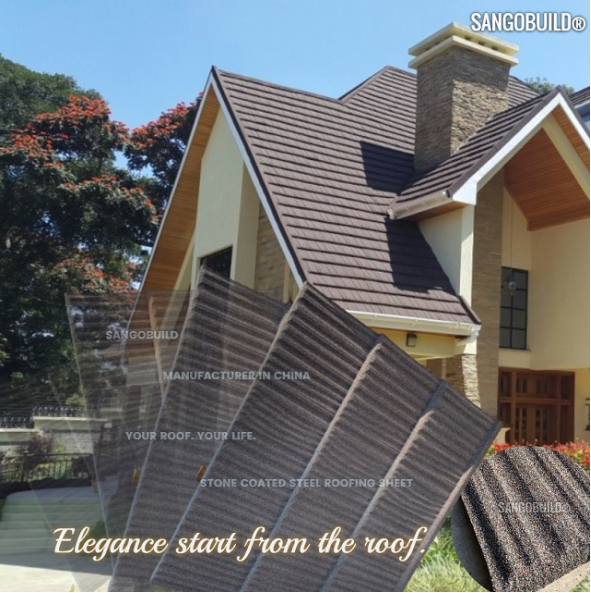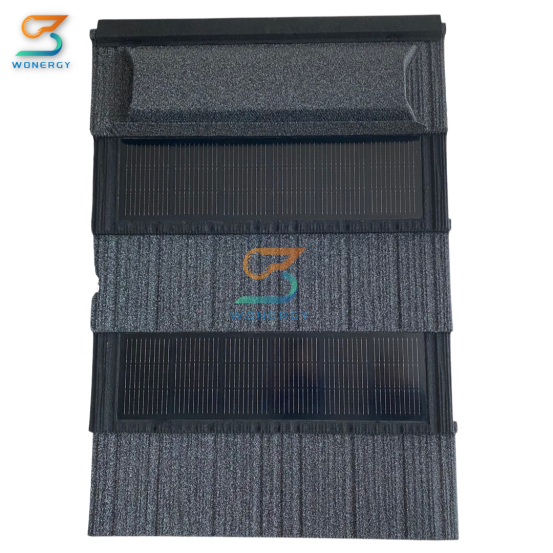THE LATEST IN ROOFING

As a roofing contractor, you’re likely approached by a variety of home and business owners, all of whom have different priorities in mind for their individual projects.
For some, energy-efficient roofing is right at the top of their list. For others, things like durability and longevity factor in when it comes to choosing material.
When it comes to improving energy efficiency (aka thermal performance) with a roof upgrade, there are three characteristics to consider. These include:
· Emissivity: The ability of the roof to radiate solar heat gains up and away from the house or building.
· Thermal Resistance: The measurement of a temperature difference by which a material resists a heat flow.
· Reflectivity: The ability of the roof to reflect radiant heat back to the direction from which it came before it has a chance to be absorbed.
Since metal roofs reflect heat up away from buildings, they are known as one of the most energy-efficient roofing materials. Take the metal hood of a car, for example. Even with the heat from the sun and the engine above and below, the metal hood quickly cools when the car is parked in the garage and the engine is turned off. In just minutes, the metal hood has dissipated the heat so well that the car feels cool to the touch.
Many asphalt roofs, on the other hand, absorb heat like a sponge and radiate heat down into the home long after the sun goes down.
And while an uncoated, standing seam metal roof can upgrade a roof’s overall emissivity and reflectivity, stone-coated metal roofs take thermal performance even further.
Infrared-blocking color pigments in stone-coated granules effectively block infrared radiation from the sun which is the source of accumulating heat. These infrared-blocking pigments increase the natural solar reflectance of the metal roof substantially more than other metal roofing products.
By reflecting heat up and away from the home, metal roofs can decrease attic temperatures by as much as 69%.
The reflective properties of modern metal roofing can reduce cooling costs by up to 25%.
These savings add up year after year, especially considering a metal roof has a lifespan that is two to three times longer than traditional roofing materials like asphalt shingles.
The concept of using solar power as an energy source has been around for centuries. But within the last few years, demand for solar energy has grown, with the market projected to reach $222.3 billion by 2026 (up 20.5% from 2019).
Fortunately, SANGOBUILD has developed a stone coated solar roof tile.
· Woodgrain construction: solid lap and self-draining
· Inset design: high-efficiency photovoltaic integration
· Multi-coloured materials: corrosion and weather resistance for long life
· Support structure: easy assembly and lightweight

In addition to improving energy efficiency. These include:
· Sustainability: Using solar energy to power your home minimizes your family's carbon footprint. As it is a renewable energy source, you cannot run out of it. It allows you to power your home continuously without producing pollution.
· Profitability: As mentioned above, using solar panels to power your home can save money in the long run. In addition, it is easy to find solar roofing options that meet specific external requirements.



REQUEST A QUOTE
Copyright © Hangzhou Singer Building Materials Co., Ltd. All Rights Reserved |
Sitemap
| Powered by 
SEOKeywords:Roof Tile ManufacturerRoof Shingle ManufacturerAsphalt Shingle SupplierRain Gutter CompanyShingle Roofing CompanyWaterproof Tape For RoofPressed Steel Roofing TilesRain Gutter SystemGray Asphalt ShingleStone Coated Metal Roofing Manufacturer